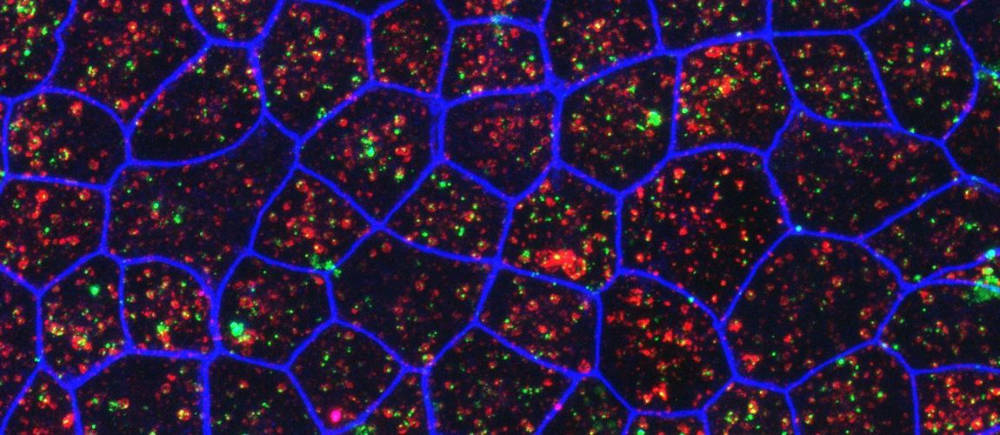The research groups led by Prof. Dr. Elly Tanaka, Prof. Dr. Marius Ader, and Dr. Mike Karl at the DFG-Research Center for Regenerative Therapies Dresden (CRTD) – Cluster of Excellence at TU Dresden, have received funding in the BMBF program “Validation of the technological and societal innovation potential of scientific research – VIP+” with their CLEANSIGHT research team. The research project will focus on validating a retinal cell-based screening platform for fast and efficient identification of small molecules for the treatment of retinal degenerative diseases.
With more than 150 million affected people, retinal degenerative diseases are one of the most frequent causes of visual impairment worldwide. Examples include genetically inherited Retinitis Pigmentosa (RP), and age-related macular degeneration (AMD). The prevalence of AMD is expected to reach epidemic proportions due to an increasingly aging population. There are currently no effective therapies to prevent or cure these diseases. Retinal diseases are associated with build-up of waste products. Vision loss may occur, for example, when the retinal pigment epithelial cells (RPE), which underlie the neural retina, are impaired in taking up and recycling natural waste products of the retina. This process, known as phagocytosis, is essential for visual function and survival of our light sensitive retinal neurons, called photoreceptors. Abnormal RPE cell function can lead to retinal degeneration, visual impairment and even loss of sight. Therapeutic compounds modulating RPE functions might prevent vision loss.
“The aim of CLEANSIGHT is to validate a RPE-based screening platform, which we have developed since 2013, to search for classes of compounds that are suitable candidates for the development of novel therapeutics, and bring it to industry standards. RPE cells used in this platform are derived from human stem cells by a patented and very efficient protocol, which made the platform development possible”, explains the research team consisting of Dr. Seba Almedawar (project leader), Dr. Sven Schreiter and Dr. Dominic Eberle, supported by Prof. Elly Tanaka, Prof. Marius Ader and Dr. Mike Karl. A procedure patented by Prof. Tanaka enables the production of large quantities of human RPE cells at uniformly high quality in the laboratory. This constitutes a major advance for the development of a screening platform for new therapeutic substances.
Source: CRTD
